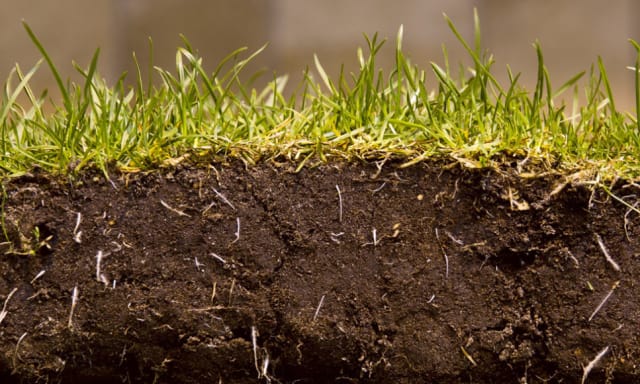Researcher Studies Potential for 3D-Printed “Dirt Houses”
Emily Pollock posted on July 02, 2018 | | 317 views

Michelle Bernhardt-Barry is researching the potential use of microbial-induced calcium carbonate precipitation to make soil into a sturdy building material. (Image courtesy of Pike Conservation.)
Usually, a “dirt-cheap” house doesn’t inspire much confidence. But a civil engineering professor is looking into how 3D-printed soil and bacteria could potentially create a material that rivals concrete.
In April, University of Arkansas professor Michelle Bernhardt-Barry received a $500,000 National Science Foundation grant for her work with 3D printers. Bernhardt-Barry works with a binder jet printer, which prints using an adhesive and a powder medium to build shapes. The machine’s blade lays down a layer of powder medium, then the printer’s nozzle lays down adhesive in a predetermined pattern. The printer builds with alternating layers of adhesive and powder in a process that requires no heat.
Bernhardt-Barry has printed with a gypsum-based powder that is similar to sand, but not entirely waterproof. Recently, she revealed that her grant is being used to develop printing capabilities with sand and soil.
She is currently studying microbial-induced calcium carbonate precipitation (MICP), a bacterial process that causes calcium carbonate—a substance found in limestone—to precipitate from the soil. MICP has already been studied for its…

